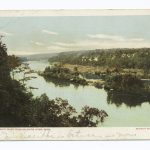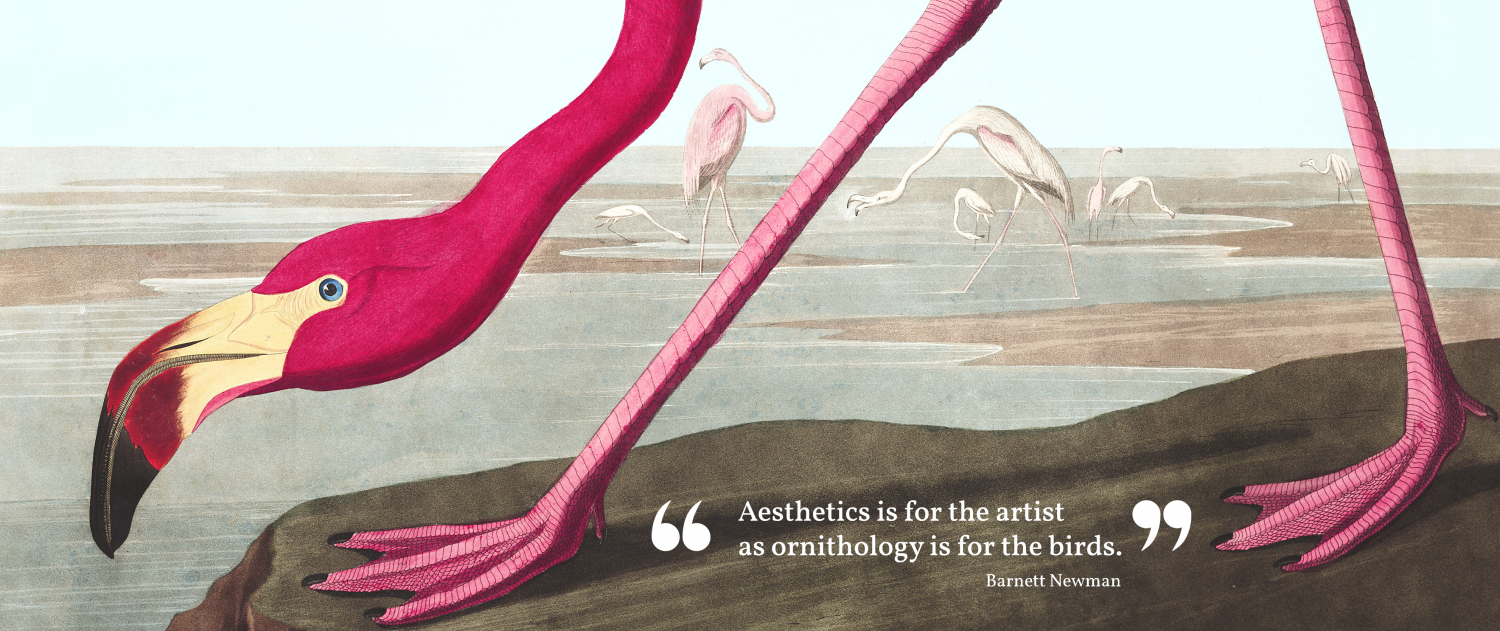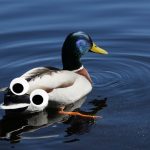The Mississippi River may look like just another river, but experiencing it can contain so much more. Continue reading

April 6, 2022
by Aesthetics for Birds
1 Comment


April 6, 2022
by Aesthetics for Birds
1 Comment
The Mississippi River may look like just another river, but experiencing it can contain so much more. Continue reading

January 27, 2022
by Aesthetics for Birds
0 comments
A YouTube series features interviews with philosophers about their work in aesthetics and the philosophy of art. Continue reading

August 19, 2021
by Aesthetics for Birds
3 Comments
Reading star signs does not reliably lead to knowledge, so why read them? Because it’s fun. Continue reading

July 7, 2021
by Aesthetics for Birds
0 comments
Philosopher Kate Manne talks about Charlie Kaufman’s “I’m Thinking of Ending Things” Continue reading
August 3, 2020
by C. Thi Nguyen
15 Comments
Role-playing games have a lot to teach us about the importance of community and playfulness in the classroom. Continue reading
April 16, 2020
by Alex King
0 comments
What follows is a guest post by Jay Miller. Recently, a draft proposal of a presidential executive order was obtained and printed by the Chicago Sun-Times. Under the banner of “Making Federal Buildings Beautiful Again,” the leaked document effectively mandates the classical style of architecture for all federal buildings in the U.S. It seeks to right the wrongs of modernist architecture by officially proclaiming the classical style of architecture “the preferred and default style” for federal buildings. The proposal proceeds by first identifying the culprits: It blames the federal government for “largely abandon[ing] traditional, classical designs” in the 1950s; it accuses the General Services Administration (GSA) of overseeing “aesthetic failures”; even more specifically, it takes aim at the “Guiding Principles for Federal Architecture,” drafted in 1962 by an aide of the Kennedy administration, for having “implicitly discouraged” classical and other designs “known for their beauty.” Yet, the real target of … Continue reading

April 3, 2020
by Alex King
1 Comment
Now that increasing numbers of people are stuck at home and sheltering in place, I figured I’d do a little series. Every weekday for the duration of this intense period, I’ll post a short definition of some term in/related to aesthetics and philosophy of art. Let’s see how this goes! See them all here. Terms of Art #10: imagination
April 5, 2018
by Aesthetics for Birds
0 comments
The following post appears as part of a partnership with the APA Blog. The original appears here. Having recently viewed Jordan Peele’s award-winning Get Out (2017), political theorist Derefe Kimarley Chevannes was prompted to discuss the film with philosopher Lewis Gordon, whose writings include discussions of race in horror films and literature.
May 10, 2017
by Rebecca Millsop
0 comments
JULY 3rd – 6th, 2017 • ADELAIDE, SOUTH AUSTRALIA @ the University of Adelaide & the Art Gallery of South Australia http://artsense.edu.au/workshop-2017/ The American Society for Aesthetics is pleased to co-sponsor “Workshop: The Arts and Imagination: the role of metaphors, tropes and images in shaping experience and guiding action.” The initial segment of this project was conducted in San Francisco at the meetings of the American Philosophical Association-Pacific Division in April 2016. Principal funding for the conference has been provided by the Australian Research Council, with an additional $7,000 provided by the ASA. The 2017 portion of the project will occur at the University of Adelaide and Art Gallery of SA July 4-6, 2017. The ASA is supporting the costs of videostreaming of the events so they can be viewed worldwide. ASA funding also will support a travel grant of up to $2000 for the best paper submitted by a graduate … Continue reading
April 25, 2017
by Rebecca Millsop
0 comments
Philosopher John Rapko reviews recently published Art in the Making: Artists and their Materials from the Studio to Crowdsourcing by Glenn Adamson and Julia Bryan-Wilson A peculiar characteristic of contemporary art is that it is accompanied by an enormous amount of talk from artists, curators, and academics about its distinctive features, both what they are and what they should be. A widely shared assumption of such talk is that contemporary art is marked by the acceptance of Marcel Duchamp’s invention of the readymade as an art-making strategy. A readymade is not so much made as chosen: the artist starts with an idea or concept, and then chooses some object to which the idea is attached. The artist’s creative activity is focused on articulating the idea and scanning the world for a suitable vehicle. How, then, could such a narrow conception of artistic activity give rise to the great range of practices in contemporary … Continue reading